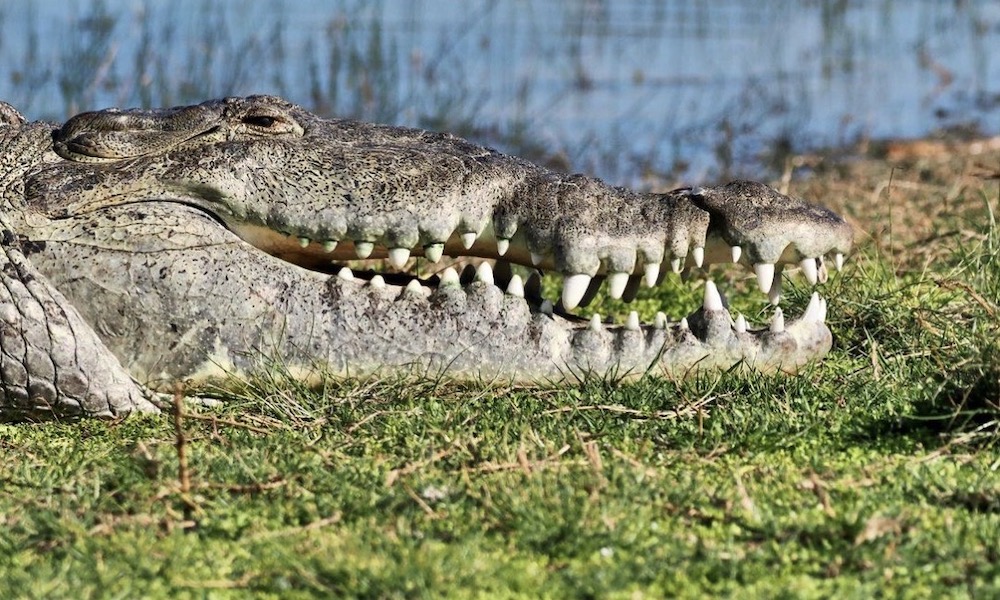An Australian tour company posted video footage of a family that was having a picnic on the road with kids and adults constantly at the water’s edge as they fished.
The footage is from Cahills Crossing, a popular tourist attraction in Kakadu National Park where crocodiles can safely be watched from three viewing platforms alongside the East Alligator River.
The crocodiles are drawn to this area by mullet and barramundi, fish they feed on as the tide pushes in and over the road that leads to Arnhem Land, according to Parks Australia.
It also draws ignorant families and fishermen.
“It’s staggering how often I see people crossing too high or standing way too close to the water fishing,” local tour guide David MacMahon told Yahoo Australia. “There have been two crocodile fatalities at that crossing and with the remarkably stupid behavior I see it’s lucky there isn’t more.
“Keeping safe around crocodiles is easy! They live in the water and we stay on land, a couple of meters back. That’s all it takes.”
https://www.instagram.com/p/C_KmcJcyGMS/
The tour guide at Cyaround Australia Tours has been frequenting the crossing for six years.
“In that time, I’ve seen some absolutely crazy things happen here with people blatantly risking their lives near multiple large saltwater crocodiles,” the guide for Cyaround Australia Tours wrote on Instagram, where the video footage can be watched in case it doesn’t show up on your server.
“Everything from people walking their children and dogs across the road at low tide, to people slipping over trying to pull in a fish with a big croc chasing the fish.
“Today was no better. This family was literally having a picnic on the road with the kids constantly on the water’s edge and absolutely zero crocodile sense. At this time there was close to 10 visible large crocs within 50m of them and probably another 25 crocs we couldn’t see at the time.”
MacMahon identified the young child climbing on the rock wearing a green T-shirt and hat as a “perfect size snack for a crocodile.”
“We’ve got to stop behavior like this,” MacMahon added. “We need to teach people how to stay away from the water. Otherwise, someone’s going to get taken. It’s only a matter of time, and then everybody suffers.”


